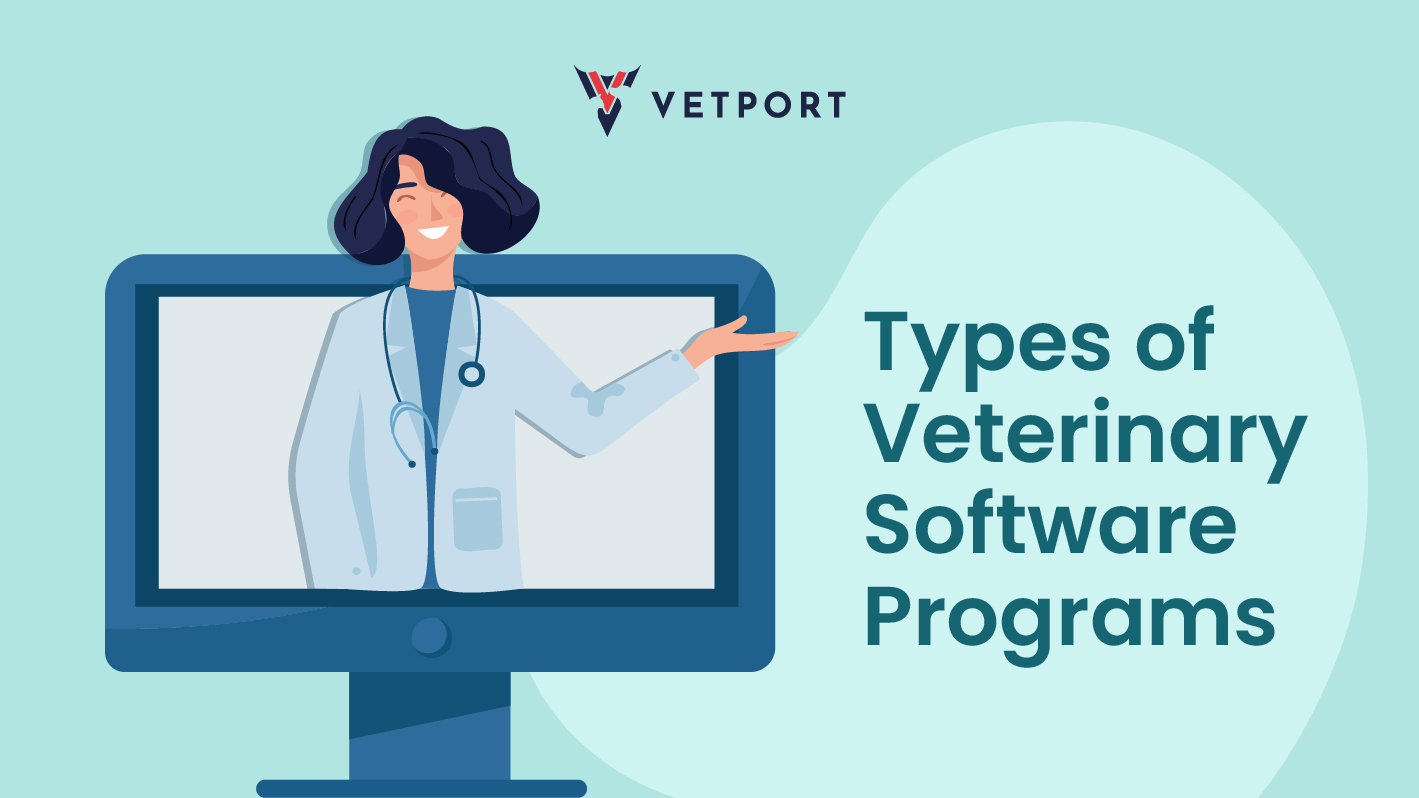
Types of Veterinary Software Programs: Choosing the Right Tool for Your Practice
Veterinary clinics today operate in a world where efficiency, accuracy, and patient care are paramount. Whether you're managing a small animal clinic or a multi-location practice, veterinary software is no longer a luxury—it's a necessity. But with so many options out there, understanding the types of veterinary software programs available can help you make the best decision for your clinic.
In this blog, we'll explore the most common types of veterinary software and how to choose one that aligns with your needs and goals.
What Is Veterinary Software?
Veterinary software refers to digital tools and systems designed to streamline the day-to-day operations of veterinary clinics and hospitals. These tools improve practice management, enhance patient care, and save time through automation.
Common Types of Veterinary Software Programs
1. Practice Management Software (PMS)
Primary Use: Administrative tasks
Practice management software is the backbone of most vet clinics. It helps manage appointments, invoicing, client communication, and recordkeeping.
Features:
- Appointment scheduling
- Billing & invoicing
- Inventory tracking
- Client communication
2. Electronic Medical Records (EMR) Systems
Primary Use: Patient health data
These systems focus on storing and managing patient medical histories digitally, offering easier access and better organization.
Features:
- Digital SOAP notes
- Prescription history
- Lab result integration
- Patient charting
3. Imaging & Diagnostic Software
Primary Use: Radiology and lab test integration
Veterinary imaging software allows you to store, analyze, and share diagnostic images like X-rays and ultrasounds within the clinic.
Features:
- PACS integration
- Image enhancement tools
- AI-based anomaly detection
- Cloud-based storage
4. Telemedicine Software
Primary Use: Remote consultations
With rising demand for convenience, telemedicine tools let vets consult with pet owners virtually.
Features:
- Secure video calls
- Digital consent forms
- Integrated scheduling
- Mobile access
5. AI-Based Veterinary Software
Primary Use: Predictive analytics & automation
AI is transforming the industry by helping clinics automate workflows, predict outcomes, and optimize care.
Features:
- AI appointment scheduling
- Predictive analytics for diagnosis
- Smart reminders for follow-ups
- Automated note-taking
6. Client Communication & Marketing Tools
Primary Use: Client engagement
These platforms handle reminders, newsletters, social media, and review management.
Features:
- Email/text reminders
- Review solicitation
- Pet birthday greetings
- Loyalty programs
Choosing the Right Veterinary Software: Key Considerations
Before making a decision, ask yourself:
- ✅ What's your clinic size and specialty?
- ✅ Do you need cloud-based or on-premise software?
- ✅ What integrations (labs, payment, imaging) do you require?
- ✅ Is ease of use and customer support a priority?
- ✅ Do you want advanced features like AI or telemedicine?
Final Thoughts
The right veterinary software program can revolutionize how your clinic operates. Whether you're looking for a full PMS suite or specialized AI tools, understanding your options puts you in a better position to thrive.

